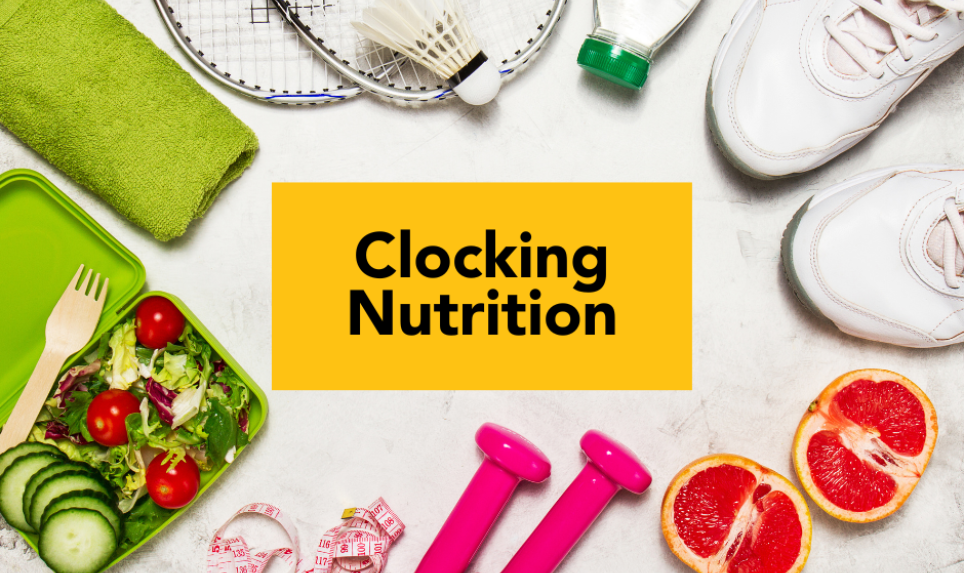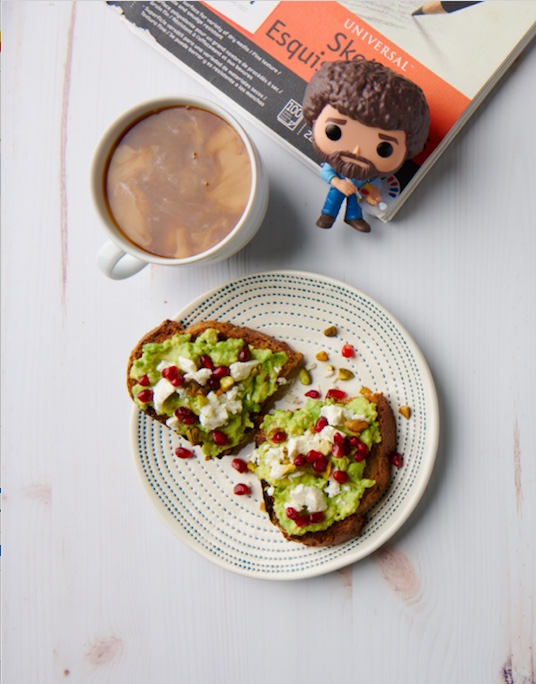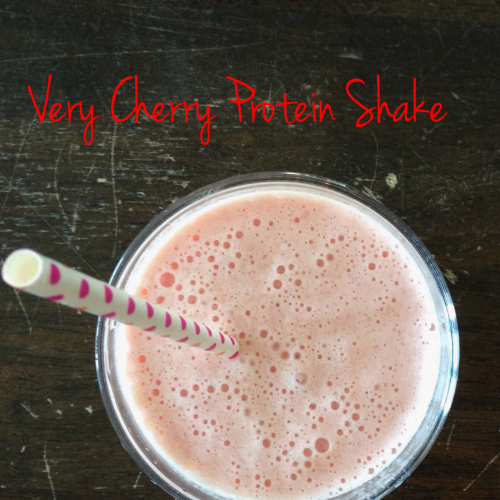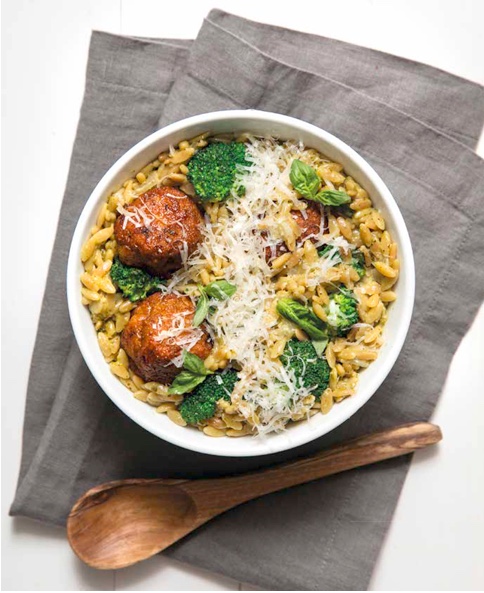Back to school means back to sports. Is your child eating properly and at the right time? Believe it or not, timing is everything, especially when it comes to nutrition. Energy from food not only supports performance but also sustains life. Following participation in exercise, whatever remaining fuel left in the body is used to support the body’s metabolic processes. When an athlete’s body is not adequately fueled, there is little energy left to support critical functions following intense training, such as recovery repair and rebuilding. Consuming the proper foods and at the right time will help with endurance and strength performance during workouts, practices and games.
3-4 Hours before activity - Optimize carbohydrates to prevent fatigue and restore glycogen. Glycogen is the stored form of carbohydrate (glucose). Plan for your athlete to consume a carbohydrate-rich meal that is low-fat, low-fiber and low-to moderate-protein to avoid gastrointestinal (GI) discomfort. Have them try foods like pancakes or waffles with syrup; muffins; fruit and milk; yogurt or oatmeal with granola and fruit; bagel with cream cheese; eggs with toast and fruit; and sandwich or avocado toast with fruit and milk.
Recipes to Try: Avocado Toast with Feta, Pistachio and Pomegranate.
Less than 1 hour before activity – Athletes should consume more low-GI (glycemic index), carb rich foods to ensure optimal fueling - for example, foods like sports gels bars or drinks; pretzels; crackers, or high-carb granola bars.
During activity – Make sure your child has additional fuel to exercising muscles during prolonged exercise. If physical activity consists of high intensity in a short amount of time - around one hour - carb consumptions can improve performance. If physical activity lasts longer than two hours, carb consumption can help prevent or delay hypoglycemia and increase endurance. Eat foods like sports gels, bars and drinks; small piece of fruit such as a clementine, half a banana, small apple, handful of grapes.
Immediately after activity - Carb and protein consumption is needed to assist in glycogen restoration and prevent fatigue. Try healthy snack foods like low-fat chocolate milk; a smoothie; yogurt; a bagel or a piece of fruit with peanut butter, which can sustain your athlete until they can eat a balanced recovery meal.
Recipes to Try: Very Cherry Protein Shake.
1-2 hours after activity - Recovery is necessary for restoration of muscle and liver glycogen storage (refueling), replacement of fluid and electrolytes lost in sweat (rehydration), protein synthesis for repair and adaptation (rebuilding) and care of the immune system as well as to fight inflammation that is produced from exercise. Have your child consume carb-rich and protein-rich foods to aid in muscle repair and improve muscle glycogen storage. Prepare foods like a rice bowl with grilled chicken or fish; whole wheat pasta with meat sauce or meatballs; hoagie/wrap with protein and vegetables; sweet potato and steak. Always include fruits or vegetables in their recovery meals to provide a dose of antioxidants to help repair cells and fight inflammation.
Recipes to Try: Pesto Turkey Meatballs with Orzo.
About the author: Dana Angelo White, MS, RDN, ATC is a registered dietitian nutritionist, certified athletic trainer, cookbook author, journalist, and nutrition and fitness consultant. She specializes in culinary nutrition, recipe development and sports nutrition. Dana works closely with chefs and authors to develop creative and healthy recipes for cookbooks, magazines and menus. She is the nutrition expert for Food Network.com and founding contributor for Food Network’s Healthy Eats blog.
For more recipes follow @DanaWhiteNutrition on Instagram or Visit: www.DanaWhiteNutrition.com



